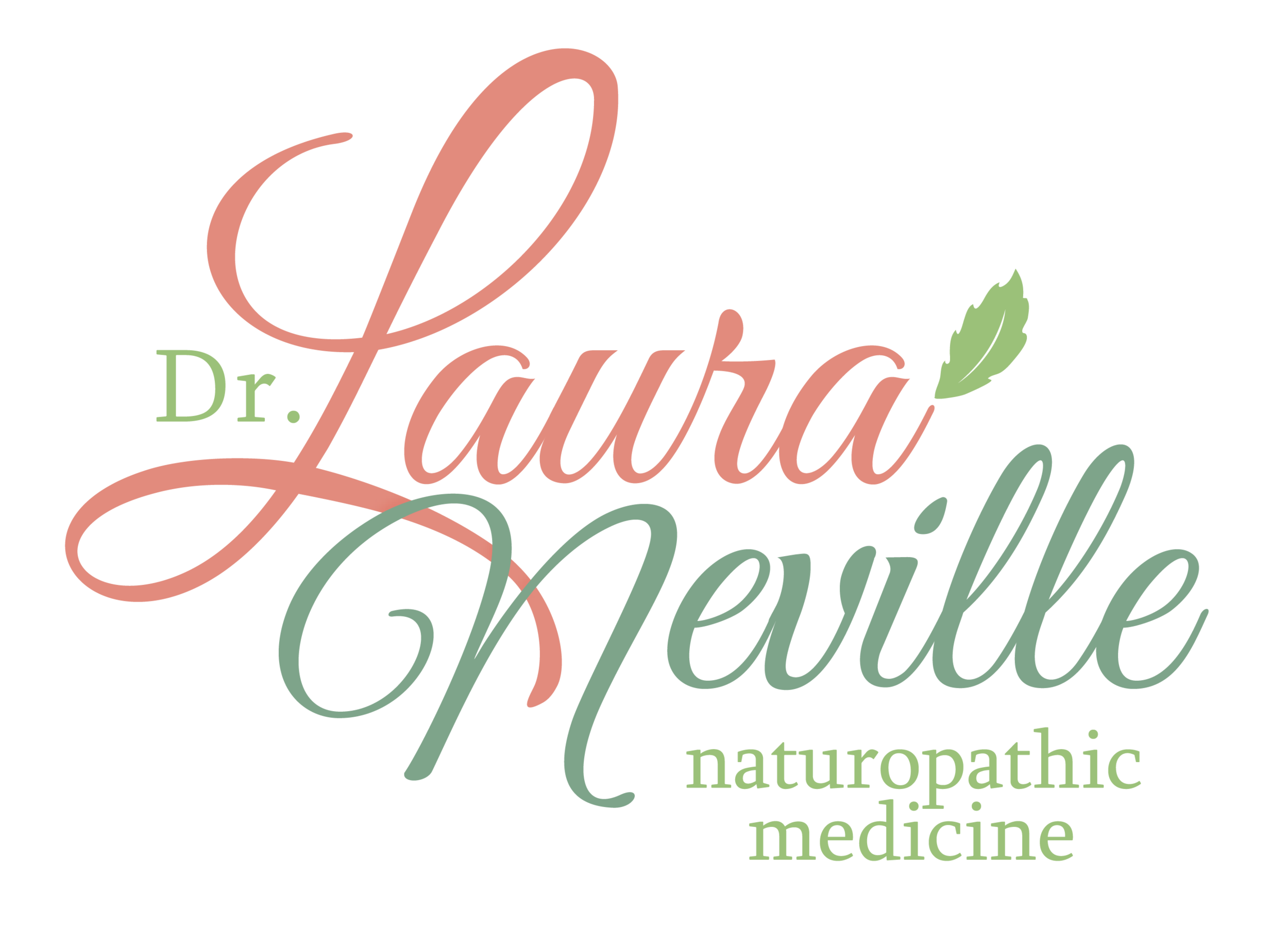Trees
After specifically studying hormones for over a decade now, I have come to the conclusion that they are molecules of communication and connection.
This is true for all hormones, including:
melatonin (known as the sleep hormone)
insulin and growth hormone (the metabolic hormones)
thyroxine (thyroid hormone)
oxytocin (the love hormone)
leptin and ghrelin (associated with hunger and satiety)
cortisol (the stress hormone)
estrogen, progesterone, and testosterone (the sex hormones)
I have also realized that the more we study the natural world around us, the better we understand ourselves, including how to heal.
I invite you in to an enchanted forest where:
Time moves slowly
The eldest tree resident (a spruce in Sweden) is over 9,500 years old
Tree inhabitants communicate with one another via taste, smell, and sound
They release chemicals in response to threat, which travel through the air to neighboring trees as a warning signal
Their leaves detect insect saliva, which leads them to create a chemical signal in order to entice insect predators
They send out electrical signals when injured, similar to human tissue elecrical pain signals
Ultrasonic vibrations occur in the trunk when water from the roots to the leaves is interrupted, similar to the passage of air down the windpipe causing human vocal chords to vibrate. These are thought to be 'cries of thirst'
They seem to learn as evidenced by permanently slowing down their water consumption ever after a drought year, even when water is plentiful
Trees feed each other via their root systems
Their roots interconnect with fungi underground, which scientists refer to as the "wood wide web" as it allows for communication across entire forests
Beech trees are known to synchronize their photosynthesis so that they are all equally successful in nutrient status
Reproduction is planned at least a year in advance
Mother trees tower above their children to protect them, keeping them from growing too fast for their own good and toppling over with heavy winds
So here is the botttom line:
Trees need each other; they share food and are in constant communication with one another. Because of this, forest inhabitants are always healthier than isolated trees, who are cut off from communication and support networks
Sounds similar to mankind, no?
Your hormones allow for communication within your body and connect you to the outside world
Just as fungi interconnect with tree roots, your hormones allow you to communicate and connect to others (friends, family, colleagues, aquatainces, strangers)
Your hormones will be healthier in your "people forest" as opposed to isolation
Call it magic or call it science, in my mind, they are one in the same.
Love learning about trees? You can read more about this in "The Hidden Life of Trees" by Peter Wohlleben
💕
Dr. Laura Neville
Get Dr. Neville’s 5 Recipes to Boost your Energy with Balanced Hormones, delivered directly to your inbox.
